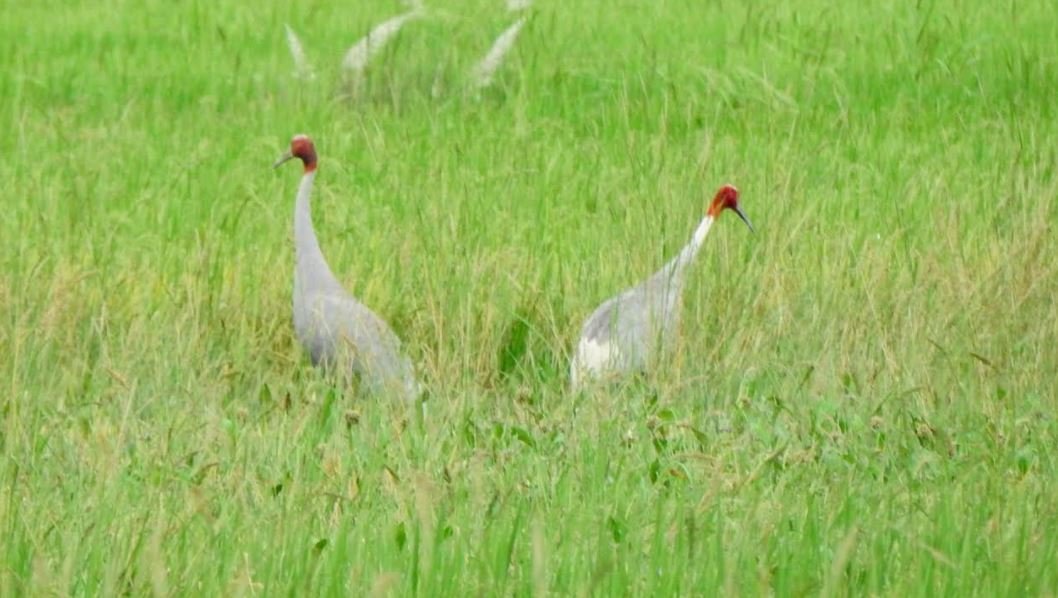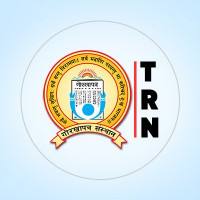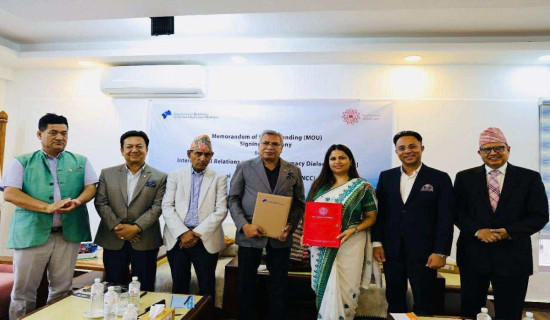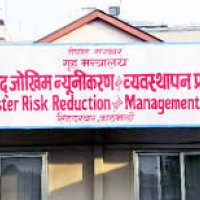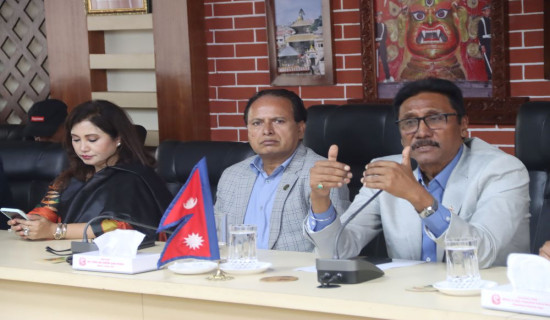- Wednesday, 2 July 2025
Number of Sarus crane dwindling each year
Kanchanpur, May 22: The number of Sarus cranes in Kanchanpur and Kailali region has been decreasing every year.
Flocks of Sarus cranes used to be seen in the wetland areas have lately become difficult to spot. With the destruction of wetland areas for cultivation, the habitat of the cranes has been shrinking each passing year. This means that the food for the birds has also been dwindling.
According to Hirulal Dagaura, an ornithologist at the Nepal Bird Conservation Society, the existence of this bird is in danger due to farmers increasingly using chemical fertilizers along with pesticides for farming.
The hunting of the Sarus, stealing its eggs, along with climate change and environmental pollution, has created additional risks.
Ornithologist Dagaura said up to five Saras cranes have been recorded in Kailali and up to 22 in Kanchanpur.
This bird can be spotted in Kalikich lake of Shuklaphanta National Park and in the wetlands of Beldandi Rural Municipality. Sometimes during the rainy season, cranes can be seen searching for food in rice fields in other areas and in the Ramsar site of Ghodaghodi lake in Kailali.
Since cranes feed on insects that are considered harmful to crops, they can be viewed as beneficial birds for farmers. When insect-pest control is done, farmers can harvest more produce, but recently it has been observed that this bird itself is in trouble.
Since cranes eat insects that are considered harmful to crops, they can be viewed as beneficial birds for farmers. In this way cranes help control insects and pest infestation in crops, but recently it has been observed that this bird itself is facing an existential crisis.
When ferocious animals like tigers, leopards, foxes, and wild boars come nearby, this bird alerts with a loud call. Therefore, the crane is also considered a human-friendly bird.
This bird, according to ornithologist Dagaura, relies on paddy fields and wetlands to make its nest and feed.
“But in recent days, it is hardly possible to see this bird here. Therefore, it is essential for the municipality and local communities to pay special attention to protecting wetland areas. Along with the importance of this bird, awareness about its habits, behavior, and habitat should be raised to involve local residents in conservation efforts,” he said.
Experts suggest that it is necessary to encourage farmers to promote the use of organic fertilizers and organic pesticides while discouraging the use of chemical fertilizers and pesticides in agriculture.
The Sarus crane is listed as a protected bird under the National Park and Wildlife Conservation Act 2029, and the International Union for Conservation of Nature has included it in the list of vulnerable species.
According to statistics, there are more than 600 Sarus cranes only in Rupandehi, Kapilbastu, and Nawalparasi. In South Asia, it is estimated that the number of this bird is about ten thousand. (RSS)

